Mention cycling and red lights and many people will immediately see ‘red’ for want of a better expression. In 2013, over 4,000 cyclists were issued with fixed note penalties for jumping red lights.
Red light jumping is also prevalent amongst motorists. In 2006 the then Mayor of London, Ken Livingstone, said 43,500 fines were issued for drivers caught jumping red lights (London.gov.uk).
Given the emotive nature of the issue, some may be surprised to learn that red light jumping is less prevalent than people’s perceptions (like the people who tell you ‘all cyclists never stop at a red light’). This is partly because ‘bad behaviour’ sticks in the mind much more than following the rules.
According to TFL between 1998 to 2007, 4% of pedestrian injuries were the result of red light jumping by cyclists. Whereas 71% occur when a car driver jumps a red light and 13% when a motorcyclist does. (CTC) Which shows that cycling through red lights does put others in danger, at the same time highlights the fact most road casualties are the result of motorised vehicles.
Waiting at the lights
On your marks!
Get set, Go!

Waiting patiently.

Red Lights and the Lemming effect
I’ve noticed a few things from observing cyclists at junctions
- People often get inspired to follow the lead of people in front. If the first person stops, others are much more likely to stop.
- If one cyclist goes through a red light, it becomes more likely that following cyclists will follow suit.
It is a trait of human behaviour not limited to cyclists and red lights. Sometimes, you’re on the motorway and everybody is doing 70mph. Then at another time of the day, everybody seems to be doing 80mph +. If everyone is doing 80mph, maybe you think you’ll be OK because everyone else is doing it.
From empirical observations, the % of road users jumping red lights may well vary depending on your city, cycling infrastructure and the type of cycling culture that exists.
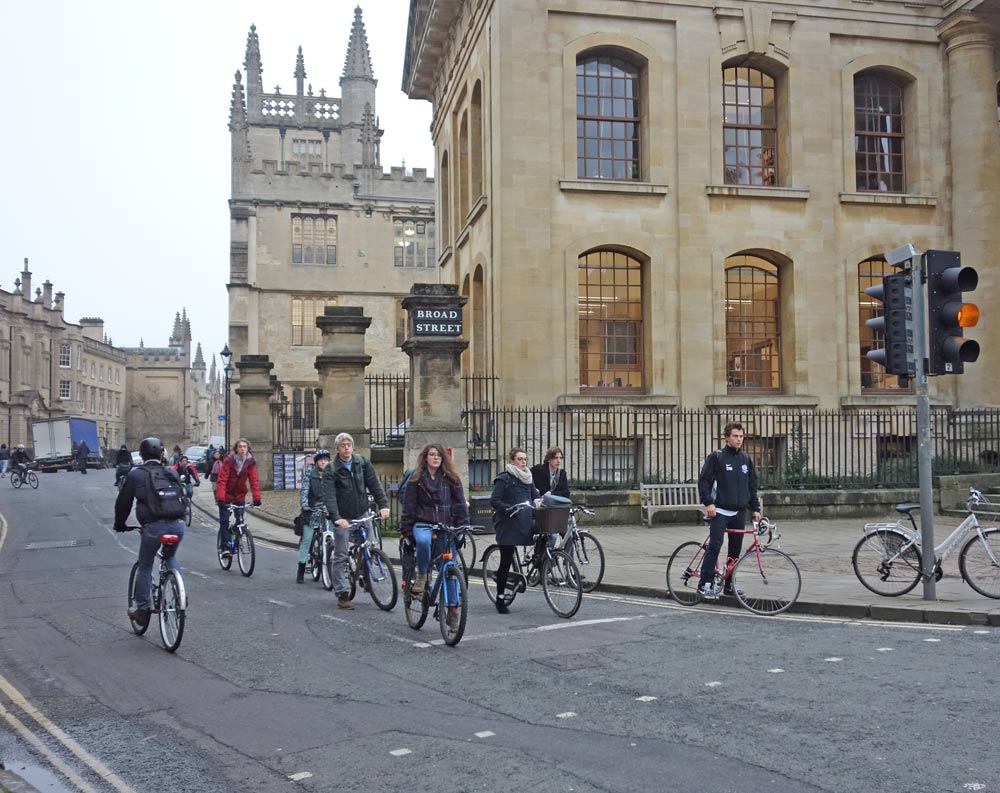
The lemming effect reminds me of the same logic used by dopers to justify their actions in the 90s and 00s. If everyone else seems to be doping, they think it is OK to do.
Running Red Lights
Running through red lights is an emotive issue around cycling. In a top ten list of things to complain about ‘cycling’ going through red lights would be high up on the list.
You see all kinds of behaviour whilst out on the road, running red lights whether you are a cyclist or motor car can be dangerous and of great inconvenience.
There is a difference between different kinds of red light jumping. At an intersection where you rely on other people stopping, it is a real pain – dangerous both to the guilty party and other people.
But, at other times, going through a red light to filter left could enable cyclists to escape potentially dangerous situations, like getting out of the path of a lorry or bus.
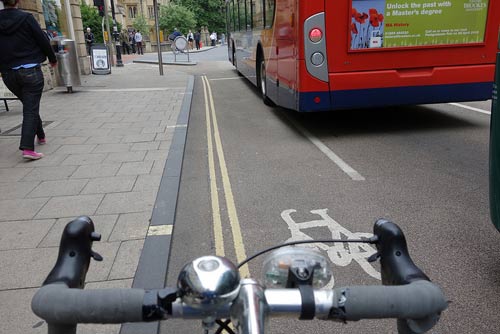 At this junction (High Street, Oxford), they have installed an advanced cycling green light so you can get ahead of buses on the relatively narrow roads. (undertaking buses)
At this junction (High Street, Oxford), they have installed an advanced cycling green light so you can get ahead of buses on the relatively narrow roads. (undertaking buses)
In praise of slow cycling
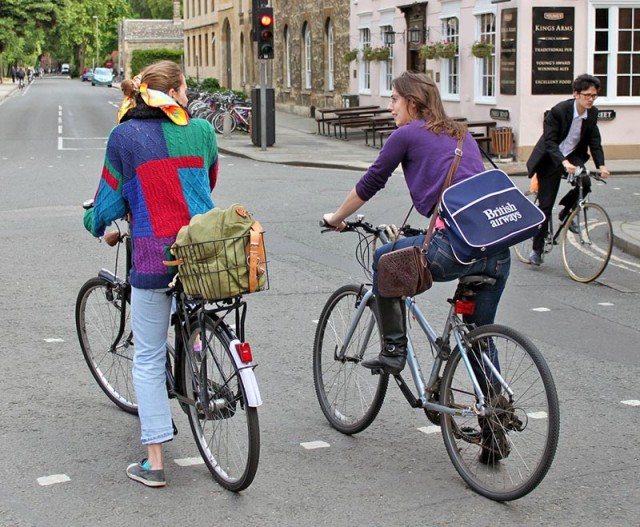
If you want to enjoy cycling more, there is a lot to be said for giving yourself an extra two minutes so that you are ready to stop when you have to. Red lights are a pain, only if you expect a free run through town. If it is part of the journey – there is no frustration. It definitely makes everything a lot simpler.
History of Traffic Lights
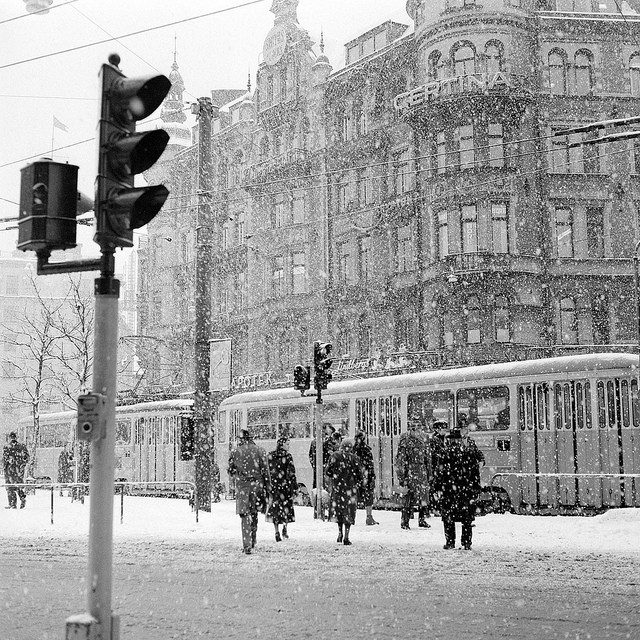
On 10 December 1868, the first traffic lights were installed outside the British Houses of Parliament in London, by the railway engineer J. P. Knight. They resembled railway signals of the time, with semaphore arms and red and green gas lamps for night use. The gas lantern was turned with a lever at its base so that the appropriate light faced traffic. Unfortunately, it exploded on 2 January 1869, injuring the policeman who was operating it.
In the US, the first red-green electric traffic lights were installed as early as 1912 in Salt Lake City, Utah, policeman Lester Wire invented the first. In 1914, the American Traffic Signal Company installed a traffic signal system on the corner of East 105th Street and Euclid Avenue in Cleveland, Ohio.
The first automatic experimental traffic lights in England were deployed in Wolverhampton in 1927
Related

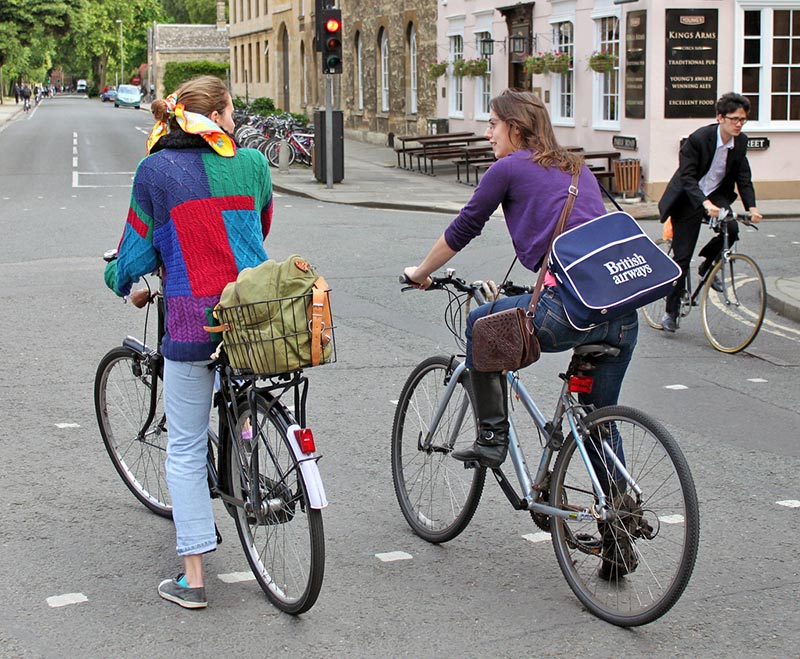
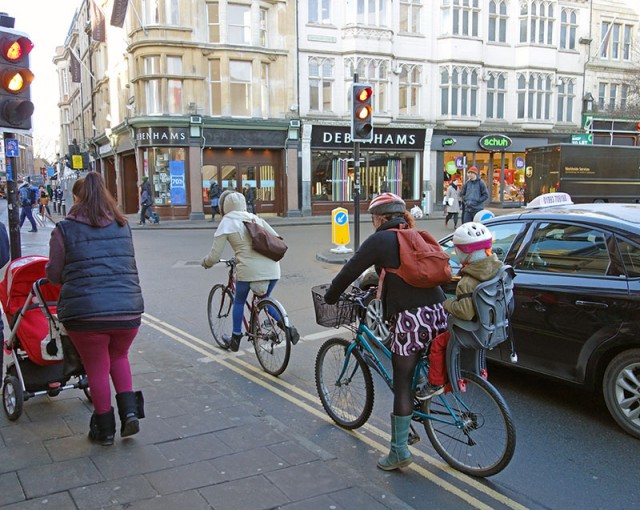
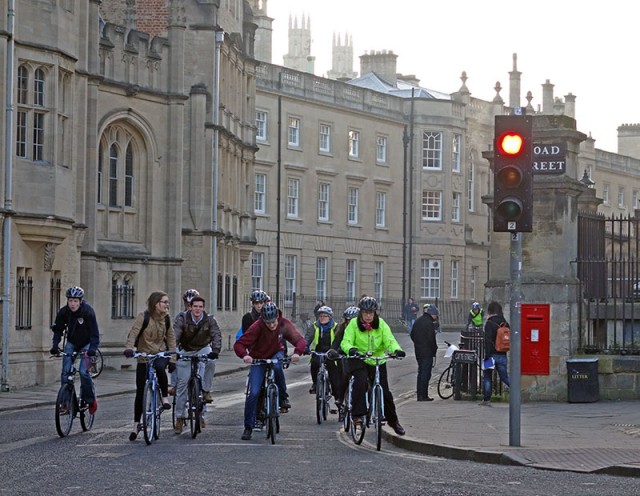
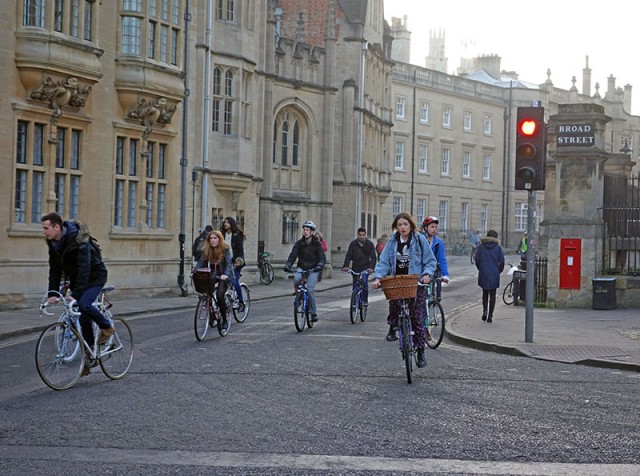
I too get pretty emotive on the subject of red light jumping by cyclists. I cycle across central London as part of my daily commute, so see it too often.
In reality, very few cyclist do it, but as you say it is those cyclists that stick in the mind. I am convinced that the widespread belief that “cyclists don’t follow the rules” is behind the majority of the hostility that we face when on the roads. In other words, those red light jumpers make the roads more dangerous for the rest of us.
Another bugbear of mine is cyclists that ride with a whistle in their mouths to berate any pedestrian who might be deemed to be impeding their way. The speed and volume that this entails certainly frightens people who are just walking to work. I do see the point that many pedestrians do not look (and basically cross the road using their ears), but scaring people is not how to win friends (note that these pedestrians will be in their cars come the weekend when we actually want to get some speed up on our long rides…).